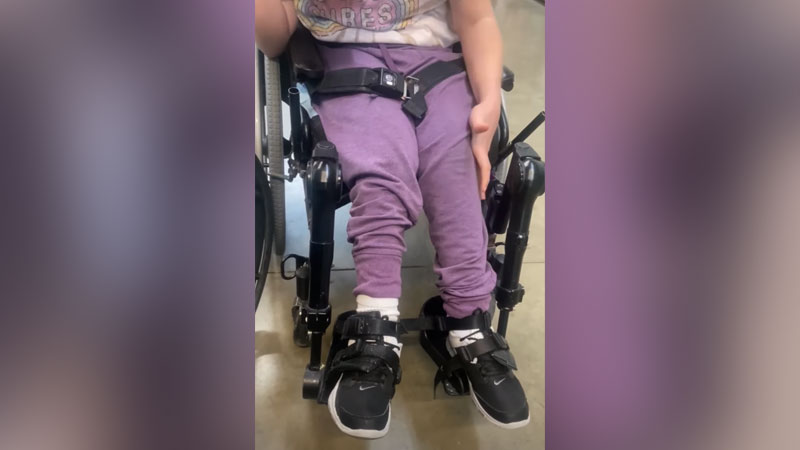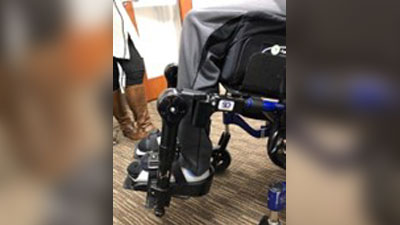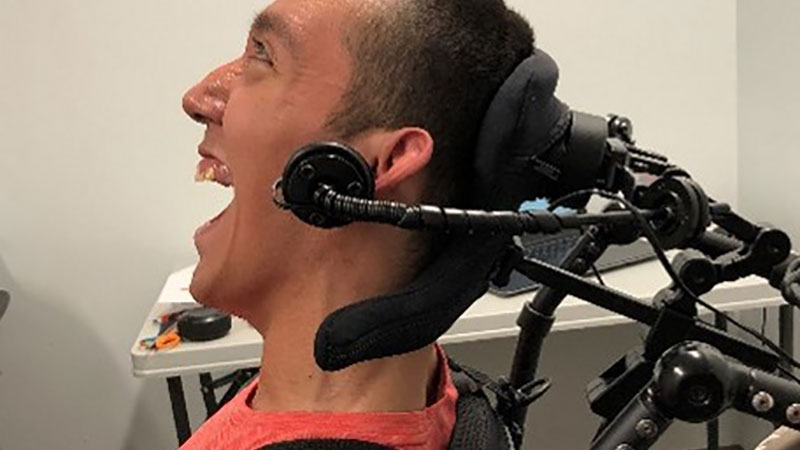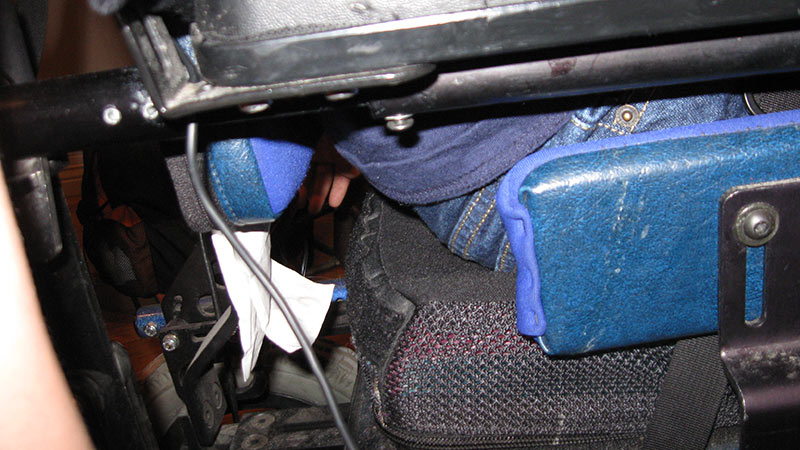Kristen Extends and Maintains Position
Kristen is a young woman with the diagnosis of cerebral palsy. Kristen extends her body with force, particularly at her legs. She has a long history of breaking her wheelchair footrests secondary to this extension.
Read MoreClinician Stories: An Interview with Christine G. Dale, OTR/L, ATP
Christine (Chris) is the Director of Therapy Services at North Mississippi Regional Center. She has been practicing for nearly 50 years and loves what she does!
Read MoreTech Tip: Dynamic Footrest – Knee Angle Adjustment on Telescoping-only Footrest
In this video, JJ shows you how to adjust the knee angle on the telescoping-only Dynamic Footrests.
Read MoreTop 10 Dynamic Seating for Wheelchairs Resources from 2022
From CEUs to FAQs to blogs, take a look back at 2022 and see what Dynamic Seating for wheelchairs resources our community found most helpful this past year.
Read MoreDon’t Jump to a Solution Without Knowing What the Problem is! Part 3: the Clinicians
In Part 2 of this Blog series, we discussed the Supplier and how their knowledge of CRT equipment and the reimbursement process can help identify the best Solution. Part 3 presents the Clinician and their unique role on the team in determining optimal Solutions.
Read MoreDon’t Jump to a Solution Without Knowing What the Problem is! Part 2: the ATP/Supplier
In Part 1 of this Blog series, we discussed the Client and Caregivers and how they can help identify the Problem that needs a Solution. Part 2 presents the Supplier and their role on the team in determining a Solution.
Read MoreDon’t Jump to a Solution Without Knowing What the Problem is! Part 1: the Clients and Caregivers
Clients and/or caregivers may not always know the solution, but they sure know the problem. We may need to put on our detective’s hat to make sure we have accurate and complete information.
Read MoreTech Tip: Dynamic Footrests – Knee Angle Adjustment
In our new series of Tech Tips for Dynamic Seating products, JJ shows you how to set the angle at the knee on your Dynamic Footrest for Wheelchairs.
Read MoreSomewhere To Go: Dynamic Seating Helps Manage Harmful Forces
Mobility Management explores the forces clients can exert within wheelchair seating and how Dynamic Seating can address those forces.
Read MoreHow Do I Know if a Client Needs Dynamic Head Support Hardware?
In earlier blogs we have addressed key topics such as “What is Dynamic Seating ” and “Dynamic Seating: Clinical Indicators .” In this blog, we will focus on Dynamic Head Support Hardware.
Read More









